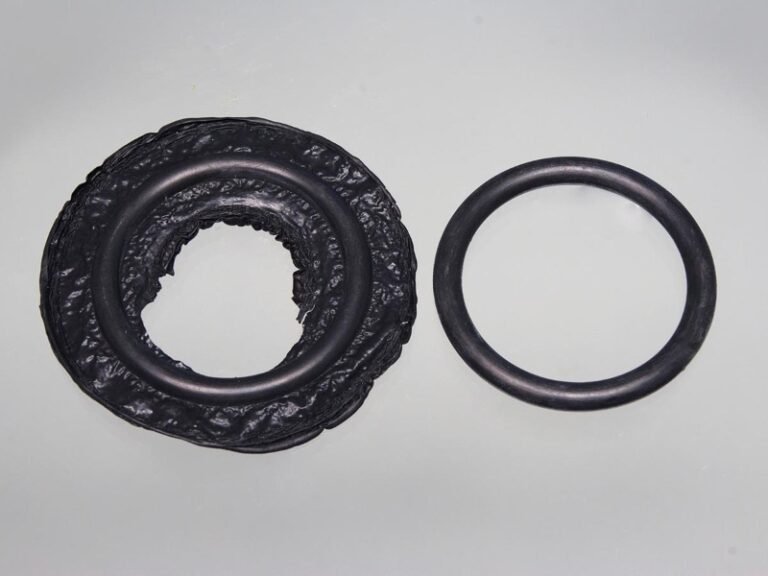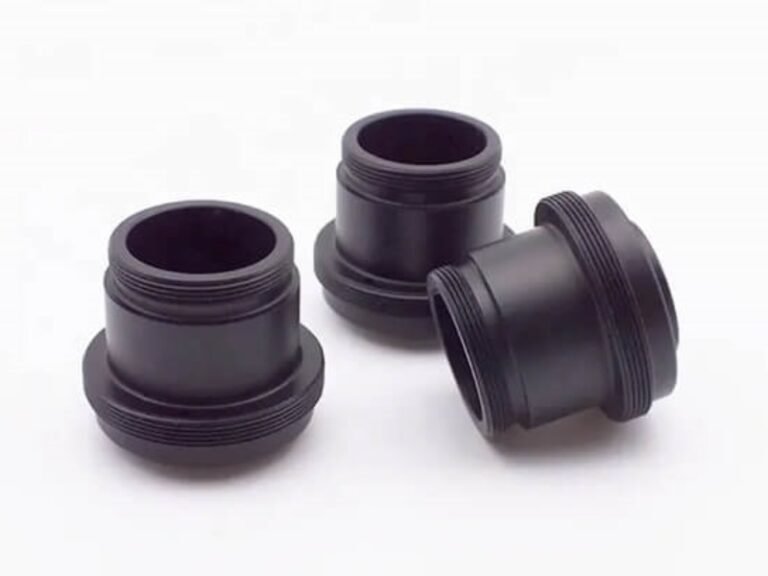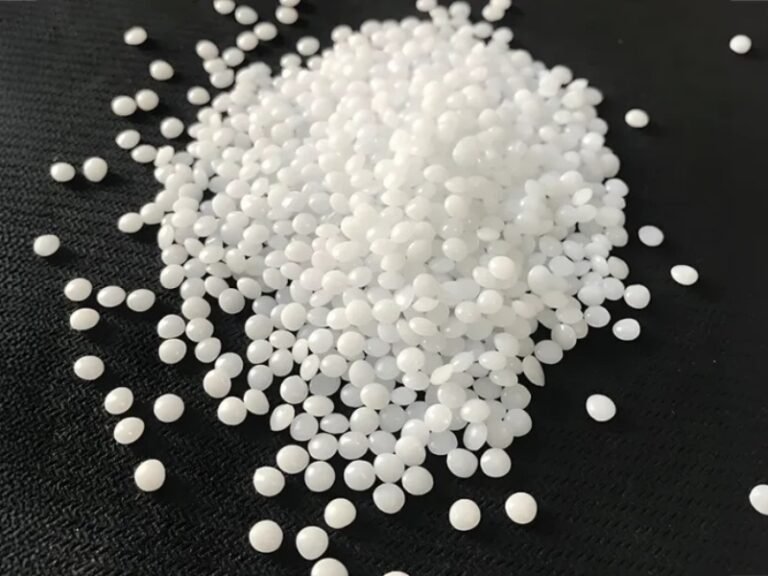Compression molding is widely used to create high-quality rubber parts that reduce noise, vibration, and harshness in critical machines. However, even with careful control, defects can still arise, affecting product quality. In this article, we’ll explore common defects in rubber compression molding, especially when using combination molds, and provide solutions to minimize these issues.
Rubber Compression Molding Process
The rubber compression molding process begins with filling the rubber compound into the cavity of a metal mold and vulcanizing it into a silicone product. However, The entire process has high requirements for material properties, mold design and process parameters, which can effectively reduce compression molding defects and improve the dimensional accuracy and surface quality of rubber products.
Why Do Rubber Compression Molding Defects Happen?
1. Material Factors
The condition of the raw materials directly impacts the molding results. If the formula is unevenly dispersed, variations in hardness or unstable product performance are likely to occur. Moisture or impurities in the raw materials can cause problems such as bubbles and burning at high temperatures. Furthermore, improper preform volume control can lead to excessive flash or underfilling.
2. Mold Factors
Improper mold venting prevents air and volatiles from escaping, resulting in pores or burnt edges. Uneven mold temperature distribution can lead to localized undercure or overcure. Rough or worn mold surfaces can also cause pitting or sticking on the part.
3. Process Factors
Temperature, pressure, and time are the three main process parameters that influence compression molding. Too low a temperature results in a soft and weak part, while too high a temperature can easily cause burning. Insufficient pressure can lead to incomplete filling, while excessive pressure can exacerbate flashing. Too short a curing time can result in an undercure, while too long a curing time can cause aging or brittleness.
4. Operational Factors
In actual operation, misaligned material placement often results in product brittleness or chipping. Improper demolding can cause tearing or deformation. Many defects are not caused by the material or mold itself, but rather by poor operating habits and process execution.
Common Rubber Compression Molding Defects & Improvements
1. Incomplete Fill / Short Shot
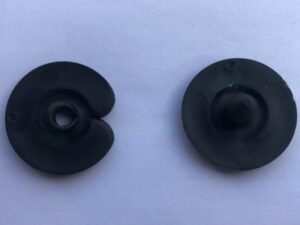
It manifests as incomplete forming of the product, partial material shortage or incomplete shape. This situation is usually related to insufficient feeding, misplacement of material blocks, insufficient pressure or poor exhaust.
Solutions: Increase material quantity, mold temperature, pressure, hold time, and optimize mold design.
2. Flash or Excess Material
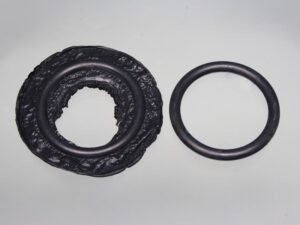
Excess flakes of material appear on the parting surface or exhaust groove of the product. This is often caused by excessive material feeding, excessive pressure or loose mold fit, affecting the appearance and dimensional accuracy.
Solutions: Improve mold alignment, adjust flash grooves, control material amount, ensure proper clamping, and perform mold maintenance.
3. Surface Imperfections (Including Flow Lines, Voids, Blisters)
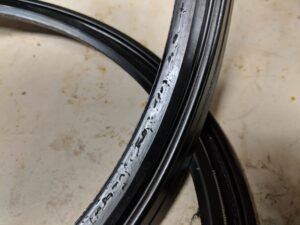
Uneven phenomena such as streamlines, voids or bubbles appear on the surface of compression molded products. This is usually caused by uneven mixing of raw materials, poor mold venting or uneven temperature distribution, which will affect the appearance and surface quality of the product.
Solutions: Use proper venting, preheat materials, maintain mold temperature consistency, dry materials, and extend hold time.
4. Warpage & Shrinkage
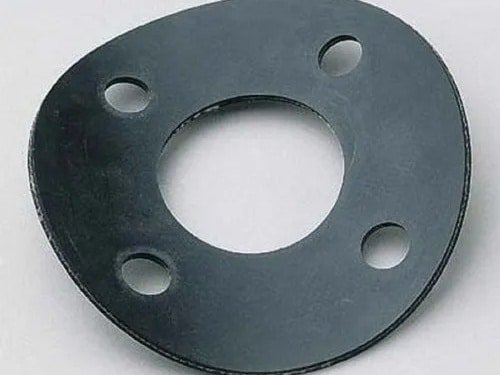
During the compression molding process, rubber products may bend, twist, or experience localized dimensional shrinkage. This is usually caused by uneven material shrinkage, uneven mold temperature distribution, or improper vulcanization process control, which can affect the product’s dimensional accuracy and assembly fit.
Solutions: Design uniform cooling systems, balance material placement, adjust curing, and mold design.
5. Burnt or Dull Surfaces

Blackening, burnt brittleness, or an unpleasant odor may appear on or in part of the rubber product. This is usually caused by excessive mold temperature, prolonged vulcanization time, or poor exhaust leading to localized high temperature retention, which can affect the product’s appearance and material properties.
Solutions: Regulate mold temperatures, use suitable release agents, and maintain mold surface quality.
Choosing the Right Rubber Compression Molding Manufacturer
At Zhongde, we specialize in rubber and plastic compression molding, utilizing high-quality raw materials sourced directly from China. When it comes to addressing compression molding defects, our team leverages years of expertise to identify, troubleshoot, and eliminate common issues, ensuring consistent, high-quality results. Explore our custom rubber parts for more details on how we can support your project.

